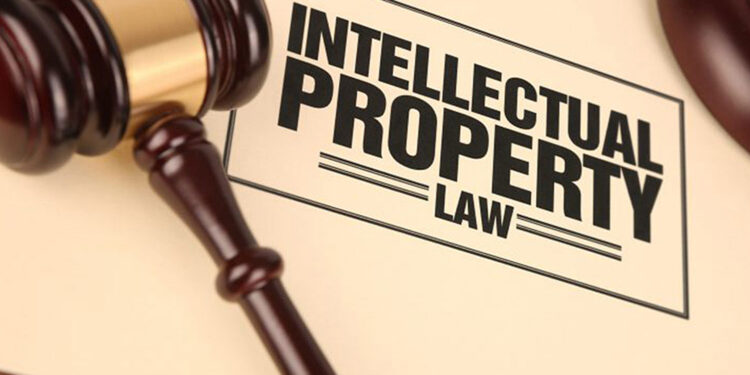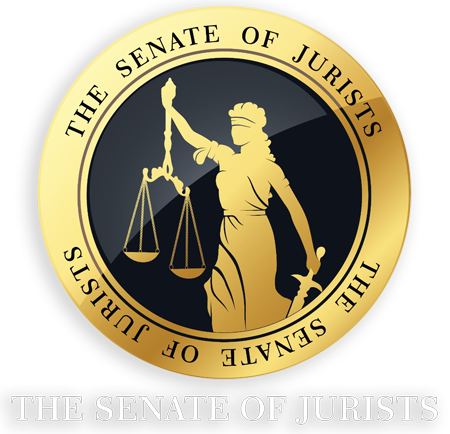Intellectual property (IP) encompasses the legal domain that pertains to creations of the mind, such as artistic works, literary pieces, innovations, and more. Intellectual property rights (IPRs) constitute a set of exclusive rights over these creations, granted to the creator to use their work without fear of competition, at least for a specified period.
The recognition of such rights dates back to the United States Constitution of 1787, which was among the first documents to acknowledge these rights. Subsequently, Article 27 of the Universal Declaration of Human Rights (UDHR) also granted these rights, safeguarding the “moral and material interest” of creators in their “scientific, literary, or artistic productions,” as an integral part of its foundational principles.
IP rights are often referred to as negative rights because they prevent others from exploiting the creator’s work without permission. Conversely, human rights stem from the belief that all individuals are born free and equal in dignity and rights. These fundamental rights are inherent and essential for every human being, who is endowed with reason and conscience and should act towards others in a spirit of brotherhood.
In the modern era of rapid technological progress, striking a delicate balance between fostering innovation and upholding ethical standards has become a pressing concern. The intersection of intellectual property rights (IPRs) and human rights has taken center stage in contemporary discussions. While debates regarding the conflict between these rights and human rights have been ongoing for the past two decades, they have gained significant attention from the international community in light of the COVID-19 pandemic, particularly concerning access to vaccines and other essential medicines.
The challenge at the intersection of intellectual property rights (IPR) and human rights is the potential limitation of access to knowledge and information. This issue is exacerbated by disparities in technological development, with some regions leading in innovation while others lag behind. The dilemma arises when advanced technologies, protected by strict IP laws, are out of reach for populations in less developed countries. Therefore, striking a balance between these two aspects and guaranteeing access to knowledge, information, and technological progress presents a significant challenge.
The issue of patent rights and access to life-saving medicines has long been a contentious one. According to a 2017 report by the WHO and World Bank, over half of the global population, exceeding 7.3 billion individuals, lacked access to essential medicines and basic health services. The right to life includes the right to a healthy life, which is a moral imperative. Denying this right, with any form of justification, is deeply offensive to the concept of life itself.
Individuals who invest their time and resources in research must feel incentivized, as without such motivation, future innovations may be hindered. However, the question arises: what good is innovation if it cannot protect human lives? Despite whether health is recognized as a human or constitutional right by democracies worldwide, the reality is that this right is often overshadowed by the patent rights of innovators.
An example of this conflict arose during the period of 2000-2001 when a significant confrontation unfolded between pharmaceutical industry giants and 12 million HIV patients who lost their lives in Africa. In a remarkable turn of events, Cipla successfully appealed for a global patent waiver to allow the supply of anti-HIV AIDS drugs to Africa for less than one dollar a day. This case serves as a valuable lesson, demonstrating that successful initiatives can align economic interests with innovative solutions while addressing broader global welfare concerns.
Case Studies:
Gene patenting was historically prohibited and considered a “product of nature” until the 1980s. However, in the case of Diamond v. Chakrabarty, the Supreme Court ruled, by a narrow 5-4 majority, that a genetically modified strain of bacteria capable of degrading components of crude oil and used in cleaning oil spills was eligible for patenting. Following this landmark decision, the United States Patent and Trademark Office (USPTO) began granting a plethora of biotechnological patents.
The scientific community is divided on the impact of gene patenting on research. One camp believes that granting patents for gene sequencing will stimulate economic growth through innovation. They argue that denying patent rights to genetically engineered organisms would hinder research progress in this field. On the other hand, opponents argue that the commercialization and privatization of gene patenting, particularly for partial and uncharacterized cDNA sequences, would reward routine discoveries but penalize those who identify biological functions or applications. This, they argue, would hinder the development of diagnostics and therapeutics, which is not in the public interest.
Many criticize gene patenting as a violation of human dignity, as genes are considered “products of nature,” a viewpoint shared by various religions. Some scientists and human rights advocates even liken biopatenting to piracy and biocolonialism. The commercialization of genetic science has also discouraged data sharing among scientists, leading to a more competitive and secretive research environment.
Advocates for public ownership of genetic discoveries argue that government funding often plays a significant role in sponsoring research leading to these discoveries. They believe that it is against the public interest to then transfer the rights to a single owner.
Striking Balance Between IPR and Human Rights
It is essential to adopt a flexible legal framework that incorporates mechanisms such as compulsory licensing, allowing temporary overrides of patent rights during public health emergencies. These provisions strike a balance by ensuring access to essential innovations while recognizing the paramount importance of human rights, particularly the right to health. Additionally, fair use doctrines and public interest considerations in copyright laws create a nuanced legal environment where intellectual property rights (IPR) coexist with broader societal needs.
Responsible innovation practices are pivotal in achieving equilibrium. Integrating ethical impact assessments in the early stages of research and development ensures that innovators proactively consider the potential societal implications of their creations. This approach aligns intellectual property rights with ethical standards and human rights principles. Ongoing monitoring and adaptation further solidify responsible innovation, allowing for the identification and rectification of potential human rights concerns throughout an innovation’s lifecycle.
Inclusive intellectual property strategies significantly contribute to balancing IPR and human rights. Encouraging open-source models in software development and promoting open access to research and educational resources fosters collaborative innovation and aligns with principles of inclusivity. Such strategies prioritize the dissemination of knowledge, ensuring that the benefits of technological advancements are widely accessible and supporting the right to education.
International collaboration and norms are essential components of a balanced approach. Harmonizing international standards in intellectual property and human rights reduces disparities and conflicts, fostering a cohesive global approach. Information sharing and the exchange of best practices on ethical innovation allow nations to learn from one another, contributing to a collective effort to balance IPR and human rights.
Public-private partnerships, particularly through corporate social responsibility (CSR), play a crucial role. Corporations adopting ethical business practices that prioritize societal well-being alongside profit contribute to a balanced intellectual property landscape. Transparency in intellectual property practices and public accountability mechanisms enhance trust, ensuring that corporate interests align with human rights principles.
Public awareness and advocacy are instrumental in maintaining this delicate balance. Educating the public about the ethical implications of intellectual property decisions empowers individuals to advocate for a balanced approach. Civil society engagement ensures that diverse perspectives are considered in shaping intellectual property policies, strengthening the democratic process.
Achieving equilibrium between IPR and human rights involves a combination of legal frameworks, responsible innovation practices, inclusive strategies, international collaboration, public-private partnerships, and public awareness. A holistic and collaborative approach is essential to navigate the complexities of the intersection between intellectual property rights and human rights in the pursuit of a fair and ethical innovation landscape.

















